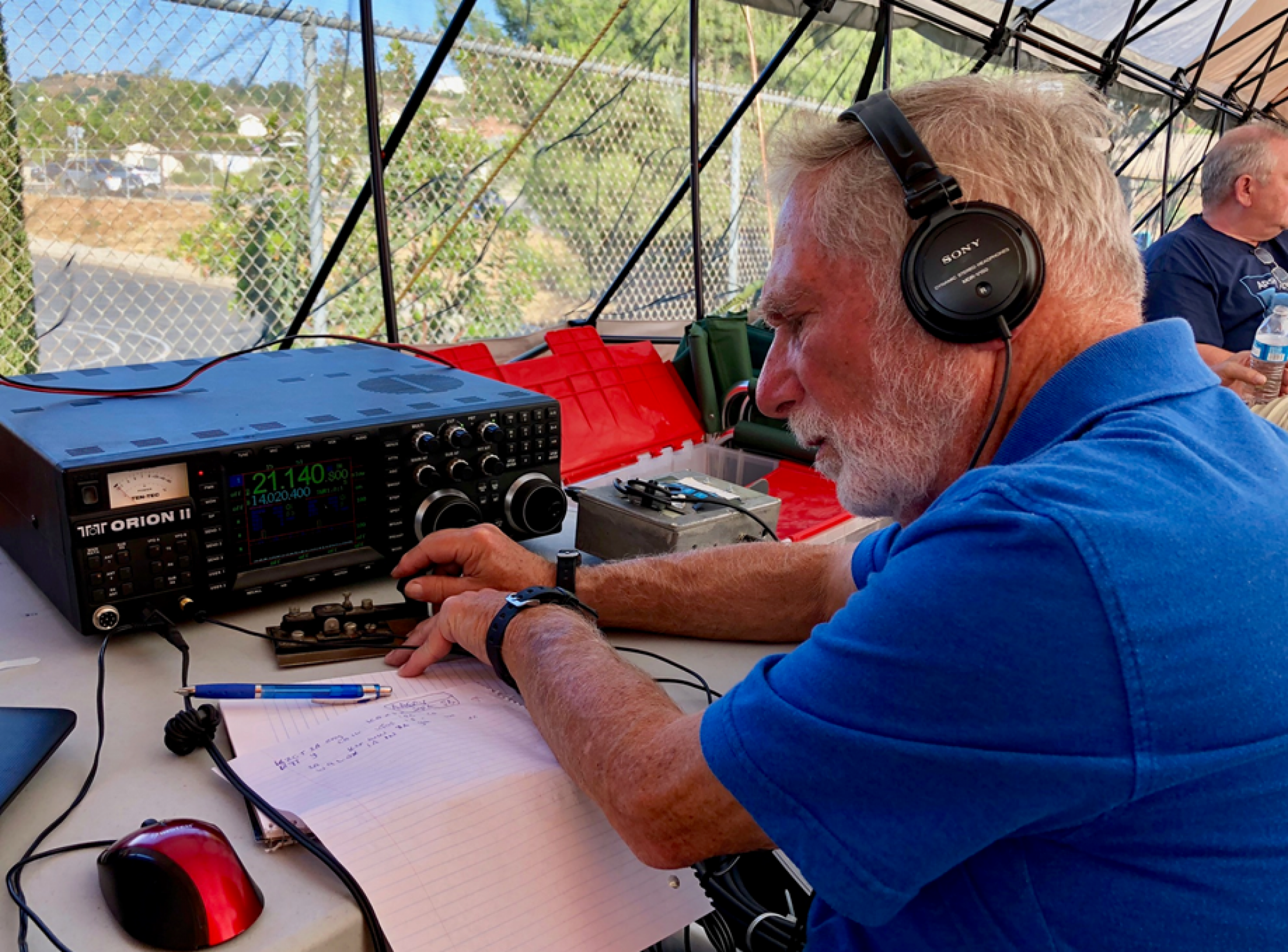We encourage you to take notes and answer the following questions as you go:
1. What is the primary use for HF?
2. What are the 3 HF propagation modes?
3. Why is line-of-sight (LOS) propagation on HF is not a good choice? Name 3 reasons.
4. What are the two factors that groundwave propagation is highly dependent on?
5. Does groundwave propagation yield better results for lower or for higher frequencies?
6. What kind of communications does skywave propagation enable?
7. If an antenna is installed higher, how does that usually affect the radiation and incident angles?
8. Would you expect higher level of ionization or lower levels of ionization as sunlight increases?
9. Name the three main layers of peak ionization in the ionosphere?
10. Are HF signals refracted or reflecting in the ionosphere?
11. Can HF signals be absorbed by layers in the ionosphere?
12. What frequencies are more susceptible to D-Layer absorption, higher or lower frequencies?
13. What distance of skywave communications is the F2 layer responsible for?
14. Should you use the highest possible or lowest possible frequency for skywave propagation?
15. What is MUF?
16. What is LUF?
17. What happens to HF communications when LUF>MUF?
18. What can be a result of an ionospheric storm on HF propagation?
19. What do lower A and K values indicate about the ionosphere?
20. The degree to which HF signals are refracted or absorbed is a function of? (name three)
21. When does ionization increase? (name two)
Courtesy of Oliver Dully-K6OLI

Conejo Valley Amateur Radio Club
An ARRL Special Service Club since 1970